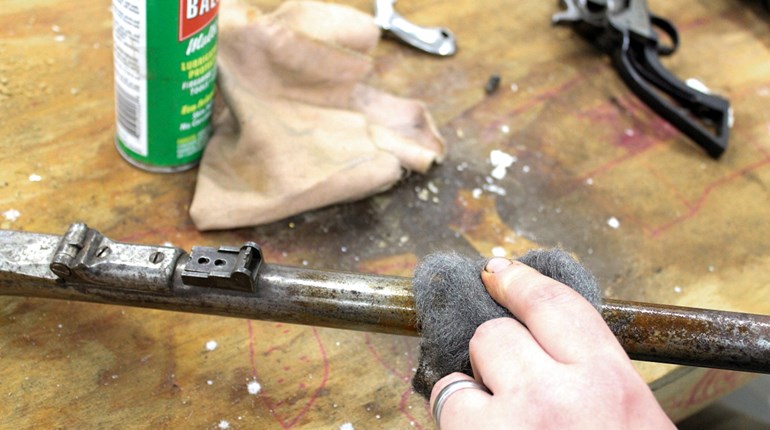
I don’t think there’s really any argument nowadays that optics are not a tremendous advantage when it comes to hitting stuff with a firearm. The mechanics of “Put the dot on the target and press the trigger” are so much simpler than “Focus hard on the front sight while making sure that it’s nicely centered in the rear notch and put the front sight on the target but NO! NO! Look at the sight, not the target!” that pistols with optics have to compete in separate divisions so some of the other kids can win trophies, too.
Of course, the pistols that win all the marbles have red-dot sights fixed to the frame on bulky cantilever mounts and don’t have a lot of relevance to the sorts of guns used for defense by Joe & Jane Public or Officer Friendly. In the last decade or so, however, a lot of work has been done in the field of miniaturized red-dot optics sturdy enough to be mounted directly to the slide of the pistol. This is an environment where they are not only subjected to vicious acceleration and deceleration by the reciprocating slide, but also to the indignities of daily carry, getting whacked against door jambs, chair arms and car doors.
Sights sturdy enough to put up with this treatment without breaking outright, let alone losing zero, and with battery life long enough that annual replacement is plenty adequate (or semi-annual if you’re a belt-and-suspenders type) are game-chang...
Well, “game-changers” might be kind of strong, but they certainly tweak the game a bit. I’ve been looking into them because A) I like things that make it easier for me to hit targets, and B) I’m starting to get to that point where one is forced to admit that 20/20 vision is just not a thing one enjoys anymore.
A number of shooters I respect have a range of opinions on the topic of slide-mounted dots, and I think it’s pretty encouraging that the most tepid of them is “Well, they have a lot of advantages but they’re not really all the way there yet,” while others think a shooter would be silly not to avail themselves of such an advantage. Having dabbled relatively extensively with both the first Leupold DeltaPoint and Trijicon’s RMR, and having just received a DeltaPoint Pro for testing, I’ve been making a list of the pros and cons.
On the most notable upside, the electronic dot makes shots out past 15 yards a cinch. There’s no more worrying about “equal height, equal light” with the sight picture; it’s really just point and click. (Or point and pow!, as the case may be.) Even in the 7- to 10-yard range, they are still pretty fast.
But once we get into closer range and faster shooting, this ties into one of their most notable downsides, which is that while accomplished shooters have worked for years to be able to track the front sight through recoil and track it through its entire arc until they’re lining up the next sight picture, pretty much everybody loses sight of the dot of a miniature red-dot sight (MRDS) in recoil. If one’s index on the gun is strong, this isn’t that much of an impediment, since the dot will reappear as the gun settles back on target, but for a newer shooter or one with less recoil control, every shot of a string can result in a fresh hunt for the dot.

And while we’re on the topic of “index,” that brings up the other weakness of the red-dot: If your draw or presentation is the sort that results in the pistol’s sights appearing in the same place in front of your eyes every time, you probably won’t have a problem picking up the dot almost automagically. However, if you have to hunt for a sight picture from your iron sights on your draw stroke, you’ll be doubly sure to be hunting for the dot. And then there are times when the pistol is presented in unusual situations, such as lying on the ground or while running, where that practiced index might not automatically happen, and then even the experienced shooter may take a fraction of a second to find the dot.
On the third hand, the MRDS is visible in lighting conditions that would have one squinting to find conventional night sights, and some will smoothly adjust their own brightness to ensure visibility without bloom in any lighting condition from “Bright Pistol Bay At Match” to “Dark Alley At 11 p.m.”
If you decide you want to try a slide-mounted miniaturized red-dot sight, the big question is in the title of the column: Should you have an existing pistol modified? Or do you select one of the growing number of guns from major manufacturers that are pre-cut from the factory to mount an MRDS? Decisions, decisions...


































